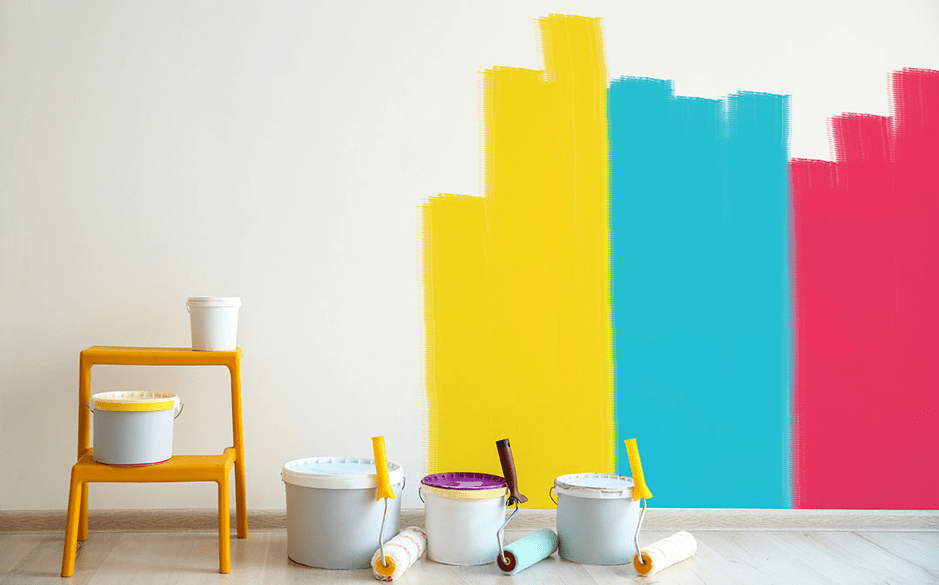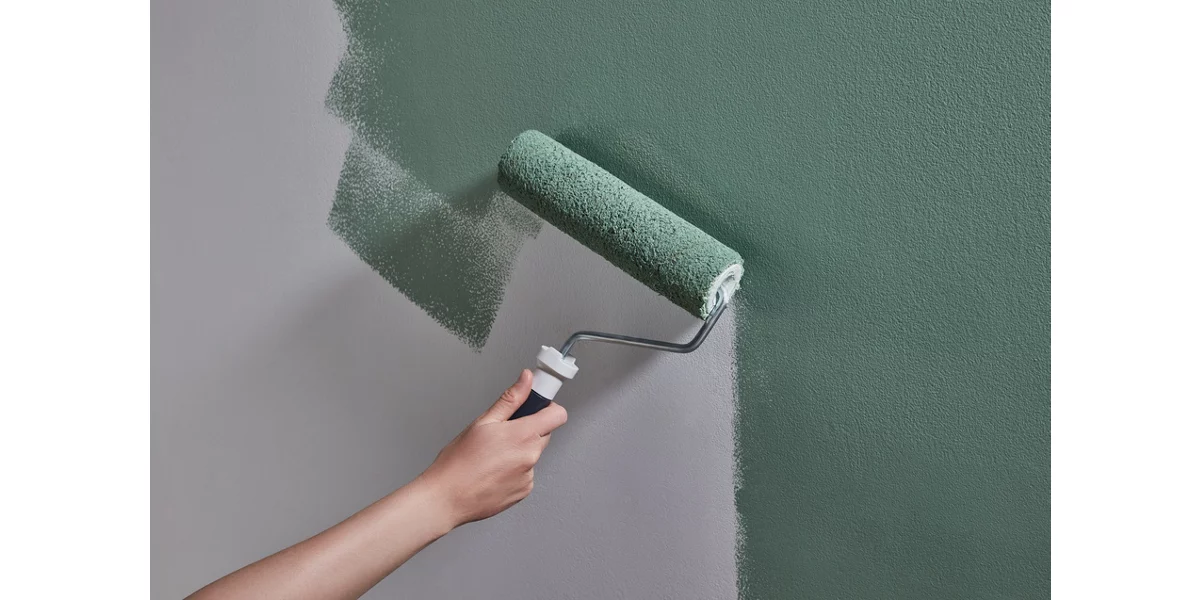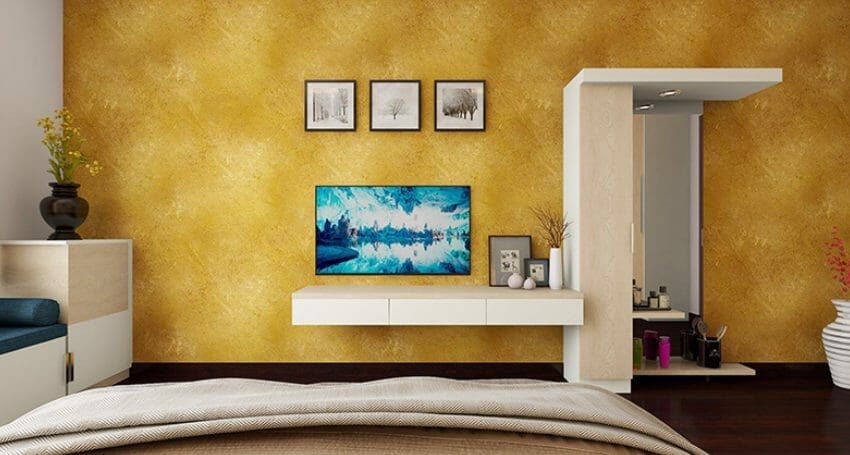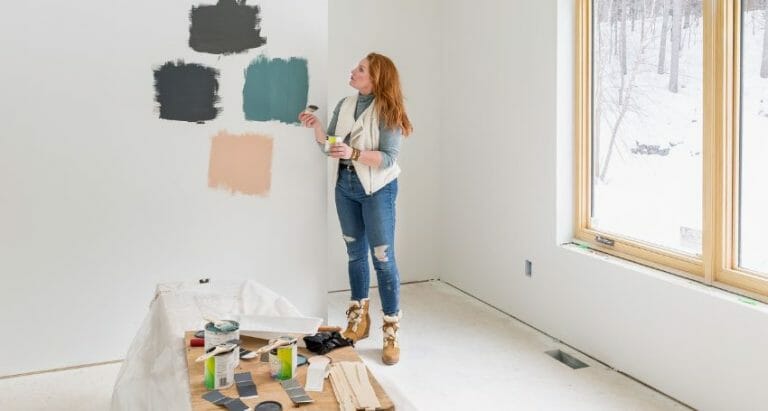Table of Contents
Painting the interior walls of your home can breathe new life into any space. However, to get that magazine-worthy finish, it’s crucial to understand the various wall painting techniques and when to employ them. This article provides a comprehensive guide to painting your interior walls and offers painting tips to make the job more straightforward and the results more beautiful.
Understanding the Basics
How to Paint Interior Walls:
Painting a wall seems simple enough, but there are steps to follow for the best results:
- Preparation: Ensure the condition of your walls is good. Fix any cracks or holes. Clean the surface prior to painting to remove dirt and grease.
- Priming: A primer helps in covering old paint and provides a smooth surface for the new color.
- Painting: Always use quality brushes and rollers. Start painting from the top and move downwards. For most even results, paint walls with a roller in “W” or “N” patterns and then smooth it out.
Choosing the Right Paint:
How to choose an interior paint color It’s crucial to pick a color that complements the room’s size, lighting, and decor. The most popular color for interior walls is neutral shades like beige, grey, or off-white. However, trends evolve, so it’s always a good idea to consult the latest interior design magazines or consult professionals.

Cost Implications:
Interior house painting cost can vary depending on the region, paint brand, and whether you’re hiring a professional or doing it yourself. Always budget accordingly and ask for quotes if hiring professionals.
Advanced Painting Techniques and Tips
Wall Texture Techniques: Wall texture adds dimension and character to your walls. Common techniques include sponging, ragging, and combing. Each provides a unique finish, from subtle to dramatic.
Accent Wall Magic: An accent wall can make a room pop. When considering where to paint an accent wall, think about the room’s focal point. It could be behind a bed in a bedroom or behind a TV in a living room. When done right, it creates a visual masterpiece.
Professional Interior Touch: For those unfamiliar with painting, hiring a professional interior painter might be the best choice. They can advise on the best type of paint for interior walls and ensure the job is done right.

Pro Tips for a Flawless Finish
Condition is Key: Always check the condition of your walls before starting. Repair any dents, cracks, or holes. The smoother the wall, the better the final result.
Painting the Ceiling: Many people overlook the ceiling, but it can transform a room. When painting the ceiling, use a roller with an extended handle and start from a corner, moving in straight lines.
Best Color Combinations: While neutrals are safe, don’t shy away from bold color combinations for interior walls. Deep blues with gold accents or forest green with wooden fixtures can look incredibly chic.
Make Your Painting Last: Once you’ve painted, maintain your walls by cleaning them occasionally with a damp cloth. This not only keeps them looking fresh but also extends the paint’s life.
Brush vs. Roller: For larger surfaces, rollers provide a smoother finish and cover more ground quickly. However, for edges and tight spots, brushes are indispensable.
Conclusion
In conclusion, painting the interior walls of your home is a task that can be both fun and rewarding. With the right knowledge and tools, anyone can transform their space, making it uniquely theirs. Remember, walls like any canvas, are only limited by the artist’s imagination. So pick up that brush or roller and start creating!





